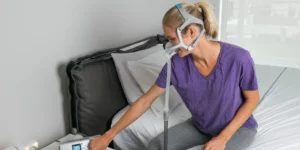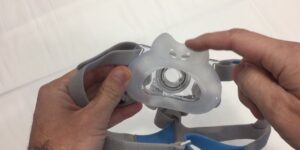Breasts, breasts, breasts! The men in our culture seem obsessed with them. But so do women. From stuffing a first training bra to the worries of post-breastfeeding sagging, we give a lot of time and attention to breasts. And yet, how much do we know about them? Read on for the ten things you may never have heard about breasts.
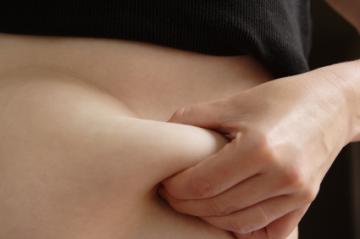
Breasts grew from stomach fat
1. In the near future, breasts may able to be grown from tummy fat
The folks at Cytori Therapeutics, Inc, claim that they have developed a way to inject fat from your stomach or derriere and into your chest and cause regenerative growth, particularly in mastectomy patients. It sounds like science fiction, but apparently, the procedure uses adipose-derived regenerative cells (think, fatty stem cells) that will actually continue to grow after implantation. So far, the procedure has not been approved in the US, but it’s on its way in Europe, and gosh, who wouldn’t want to take the undesirable tummy fat and turn it into a little boost in her cleavage?
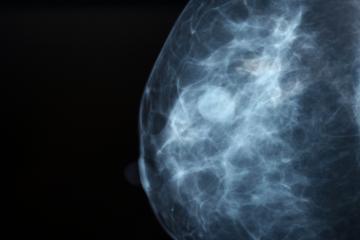
Mammogram
2. Women over 50 are at the greatest risk factor for developing breast cancer
You may not want to think about it, but breast cancer is a real threat to women as we age. With the exception of skin cancer, breast cancer is the most common cancer contracted by middle-aged and older women. A recent study shows that three out of four women think that family history and inherited genetic mutations put them at the highest risk for breast cancer, but actually, age is the biggest determining factor. So no matter how much we hate it, regular mammograms are important as we get older.
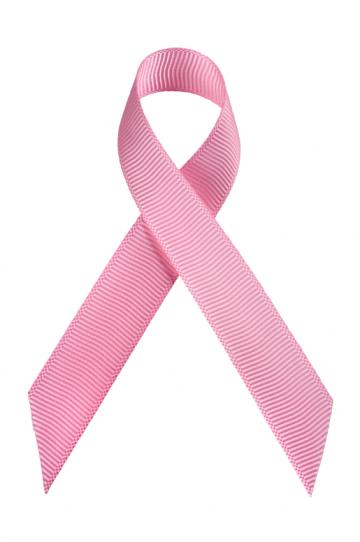
Pink Breast Cancer Ribbon
3. Breast cancer statistics are changing
In the 1980s, there were terrifying reports that breast cancer rates were increasing by 4% each year. The American Cancer Society now explains that the number was actually inflated during the 80s due to the fact that detection technology was rapidly improving. The truth is that during the same time period, the rate of large tumor discovery actually went down, suggesting more cases were being detected early. However, the rates do go up when women do not have children or delay childbearing (as more and more women do these days). Rates do seem to be increasing, however – at approximately 0.3% per year.
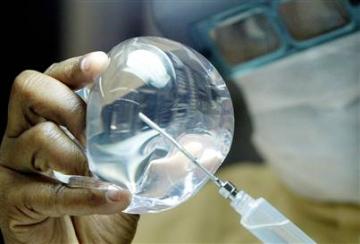
Silicone Implant
4. Silicone implants have been re-approved by the FDA
In November 2006 the FDA approved the use of silicone breast implants for anyone who wants them. Previously, most breast implants were made of saline-filled silicone pouches. If you wanted silicone implants, you had to be a post-mastectomy patient or you had to be part of a clinical study. Many doctors and patients agree that the silicone version feels more natural. The FDA originally banned silicone implants in 1992 after increasing evidence that they could cause autoimmune disease and even cancer. It turns out that the evidence is unclear. It’s now up to individual women and their docs to decide what they think about the potential hazards of silicone implants.
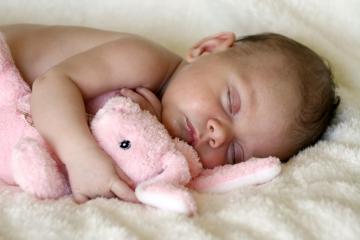
Sleeping Baby
5. Breastfeeding can help you lose weight
This is definitely one area where Mother Nature was on our side. Not only does breastfeeding burn extra calories, but for what seems like the only time in a woman’s life, the weight is more likely to come off problem areas in the hips and lower body. And the baby’s suckling causes the mother’s uterus to shrink back to pre-pregnancy size and the stomach muscles to tighten, helping a new mother get her figure back. And there are many other benefits to breastfeeding for both mother and child – including the release of feel-good hormones for mom

Romance
6. Breasts swell during sex
Feeling a little shy by your lack of cleavage? Nervous that your man will be disappointed? Again, Mother Nature comes to the rescue. Breasts actually swell during sexual arousal, by up to 25%. That’s nice for those of us who need a little help in that department. Oddly enough, research also shows that the inner nose swells during sex, too. I don’t think that’s a noticeable turn-on for anyone, but it is a fun fact nevertheless.
.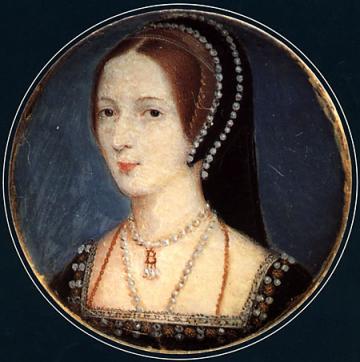
Anne Boleyn
7. Anne Boleyn had three breasts…maybe
It is widely rumored that Anne Boleyn, one of Henry VIII’s many wives, had three breasts. While official biographers often scoff at this statistic, explaining that the third “nipple” was actually a large mole on her neck, it is possible to have three nipples. The official medical term is “supernumerary nipple,” and it may occur in as many as one in fifty individuals, including men. Usually, the extra nipple is small and unnoticeable (sometimes the patient is completely unaware of it), but if not, it can easily be removed. An extra breast is much rarer but can develop, as well. There have been some findings that indicate a supernumerary nipple may be related to certain diseases, but a recent study suggests that most of that evidence is coincidental.
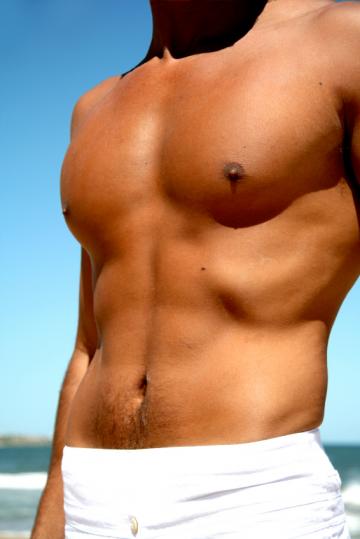
8. Men’s breasts do have milk ducts
Men’s breasts do have milk ducts, and their bodies produce oxytocin and prolactin, the hormones required for milk production. As of yet, there are no proven scientific examples of male breastfeeding, but there are reports of men who were able to produce milk through extensive stimulation of the breast and nipple. Yet this isn’t a viable option for feeding babies, especially as no one is certain if male breast milk would be of the same quality and composition as female milk.
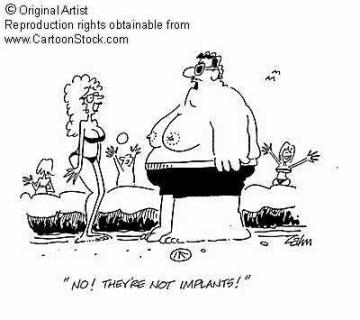
9. Man-boobs may be a medical condition
I think many of us mistakenly assume that men with breast-like pectorals are just a bit overweight. Not necessarily so. Obesity can contribute to the phenomenon, but there are many other factors that can contribute, including hormone imbalances, castration, medications, genetic disorders, liver disease, Klinefelter or Gilbert’s Syndrome, or even-possibly-marijuana use. The official term is gynecomastia, which comes from the Greek words meaning “woman” and “breast,” most nearly translating to “woman-like breasts.” While many think this condition is a joke, we should also remember that it can signal medical problems, not to mention serious psychological consequences. For more information on this condition, read Body-Philosophy’s article on gynecomastia and its treatment. You may also want to check out Body-Philosophy’s Best and Worst Celebrity Man Boobs.
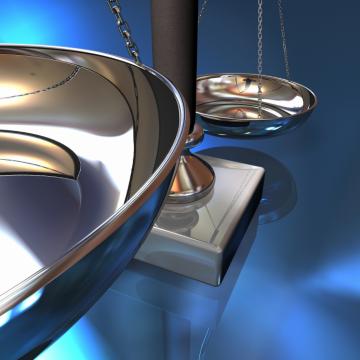
10. Average breast weight is less than you think
Most women guess their breasts weigh about five pounds each. In actuality, that number is closer to one pound. It’s difficult to accurately weigh the breast because it’s so incorporated into your body core, but if you want to try at home, the best way is to use a kitchen scale that can be placed at the exact height of your breast so that you don’t add any of your other body weight by bending too much. While there is no definitive answer on average breast weight, you will probably discover each breast weighs somewhere in the neighborhood of one pound.
So, what about all this attention to boobs? As Julia Roberts asks in Notting Hill, “Breasts — how can you be so interested in them? … I mean, they’re just breasts. Every second person in the world has got them…” And maybe she’s right. But since they seem to fascinate men and women alike, and play such an important role in woman’s health and image, they’re certainly worth knowing something about.



